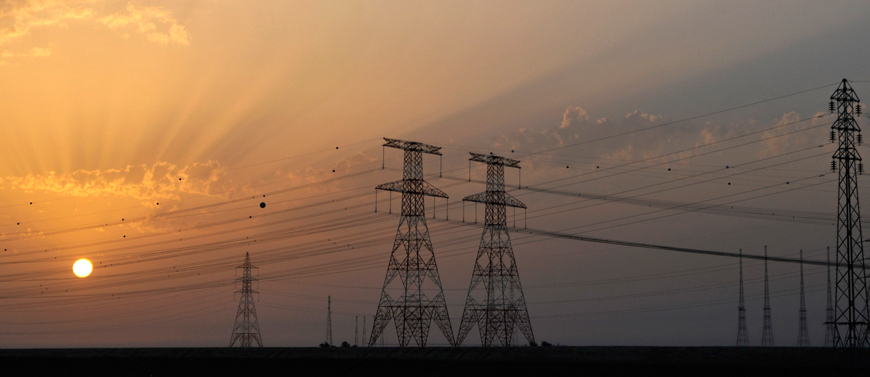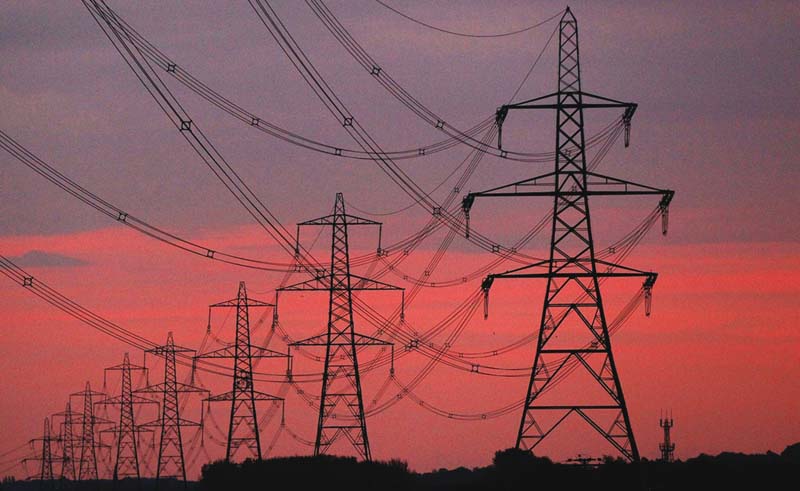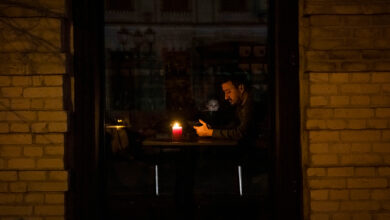In these days of rolling widespread blackouts that are sending small businesses to ruin and rendering streets unsafe, one wonders where all our 112 billion kilowatts/hour of power are going.
According to the Ministry of Electricity and Energy (MoEE), a total of 5.4 billion extra kw/h of electricity was brought online between 2007/2008 and 2008/2009, an increase of about five percent. During the same period, population growth registered at 1.9 percent, while the economy grew at 5.4 percent. This means that our per capita output has risen about 3.1 percent, but struggles to match our economic growth.
At the very least, this is a problem of gross mismanagement of our energy production and use.
Energy expert Emad Hassan attributes this poor stewardship to a flawed demand projection model. “Each demand sector could be offered different options to alter its energy consuming behavior,” says Hassan. “From proper pricing signals to economic incentives and mandatory regulations, there is a wide range of policies and market approaches that could lead to demand side efficiency.”
Our per capita energy consumption is an estimated 1400kw/h annually, which is similar to countries like Cuba and Tunisia, but a hefty 80 percent less than Germany, and a gargantuan 90 percent less than the American average.
It is no secret that our energy production is low in relative and actual terms. And, as the blackouts attest to, it has proven unsustainable.
To address this, the government has been aggressively pursuing an energy strategy bolstered by nuclear power, but that won't come online before 2019 at the earliest.
The ministry's website shows that industry and homes consume 33.4 percent and 39.2 percent of the total annual output respectively, with government and public utilities using 15 percent and commercial consumption standing at seven percent. The rest goes to agriculture.
Industrial energy consumption has been tackled only over the last few weeks when subsidies were lifted from the higher consuming heavy industries, and the MoEE is investigating new policy whereby the same industries would be required to produce their own electricity.
But moves to tackle residential, commercial and government use have been so far delegated to the introduction of low cost energy efficient light bulbs, and of course, rolling blackouts.
More fat has to be cut out to get a leaner, fitter energy policy.
Cooling
With increasing average seasonal temperatures and most of Egypt lying in the sun's direct path for most of the year, insulation and shade from the sun should be mandatory.
Introducing insulation regulations for new buildings, as well as retrofitting existing buildings, would go a long way in reducing cooling loads, the current heavy weight champion of power consumption. Homeenergy.org, an independent non-profit energy monitoring organization tested homes without insulation and after insulation. The tests revealed a nine percent annual saving, but more importantly there was a 15 percent saving at times of peak demand.
The same test shows a pay-back period of 12 years, and that doesn’t include the potential rise in energy costs or government incentives. So what about going further, and exploring a seemingly costless material for insulation available in abundance on our very soil?
Tons of straw is burned on farms every year, and causes the "black cloud" over Cairo at around this time of year, as farmers stopped composting, and switched to in-organic fertiliser. The cloud has an R-value in the range of R-1.4 to R-2, meaning little heat transfer happens during the day, from the overheated outdoors, to the indoors.
It would be interesting to see the ministers of environment, agriculture, housing and industry sit down together for a cup of tea and to hammer out a deal whereby this seemingly polluting waste material is transformed into a cheap, energy slashing, comfort inducing, environment saving product that generates extra income for the farmers and creates new jobs.
Daylighting
Bad urban policy is responsible for another energy sapping culprit: lighting loads. On May of every year, we go through the eternally confusing act of turning the clock forward by one hour. Daylight saving time promises to save an hour of daily artificial lighting.
However, more than a century after it was invented, those of you who switch the lights on as you step into the office each morning raise your hands.
The simple science of daylighting can help us all reduce lighting loads by telling us how big our windows need to be and how deep an office should be to acquire as much natural lighting as possible.
The Whole Building Design Guide estimates a saving from a respective decrease in electricity loads of ten to 20 percent. Along with 9 -18 percent savings by using energy efficient light bulbs, up to 38 percent of electrical loads could be cut by smart lighting, a fact demonstrated by Dr. George Bassily of the Housing and Building National Research Center, where a pilot project for decreasing lighting loads carried out at the Ministry of Agriculture’s headquarters “achieved a 30 percent decline in overall loads.”
In a country such as ours, with year-round sunlight, it is unacceptable that we depend on artificial light throughout the day.
Building codes can address that and make it mandatory to design daylight smart buildings. According to Bassily, these codes do exist, but are not enforced.
The code for residential buildings came out in 2005, commercial in 2009, and governmental in 2010, says Bassily. When asked why these codes were not enforced, Bassily replies: “It is the responsibility of the local councils to enforce the codes.”
Water Heating
Electric water heaters generally account for 25 percent of residential electric bills, according to the Consumer Energy Center. More efficient tank-less gas powered heaters are simultaneously on the local market, and buyers have started to favor these since their safety record recently increased.
Policy that encourages the use of gas heaters would phase out electric heaters, with a possible 10 percent saving at power stations over the short term.
In the long run, a further ten percent could be saved by switching to solar-thermal water heaters that would save on gas altogether. Hybrid solar-gas systems or solar-electric systems would ensure hot water throughout the day.
Subsidies restructured
Our government has been openly toying with the idea of lifting its subsidies on energy as a whole, a policy that might prove disastrous for most people, since, according to resource strategist Dr. Rushdi Saeed, two thirds of Egyptians benefit from less than half the output.
And so it's only appropriate to see those people commended, rather than penalized, for contributing less to global climate change.
The measures outlined above, if adopted, theoretically offer a combined saving of around 57 percent in the long run. Even if realistic savings are 30 percent, that is quite an achievement.
Dr. Bassily believes that “rebates as well as awareness are the best ways to encourage more efficient use.” So perhaps instead of completely lifting the LE 4.3 billion provided annually by the government to power generating companies, a large portion should be reallocated to products that improve efficiency, while the rest would be footed by the top consumers, as well as their businesses, leisure spots and industries.
Thousands of jobs stand to be created that way while concurrently the proportionate rise in power prices to the user, as a result of lifting the subsidy, would be offset by the savings gained in efficiency.




